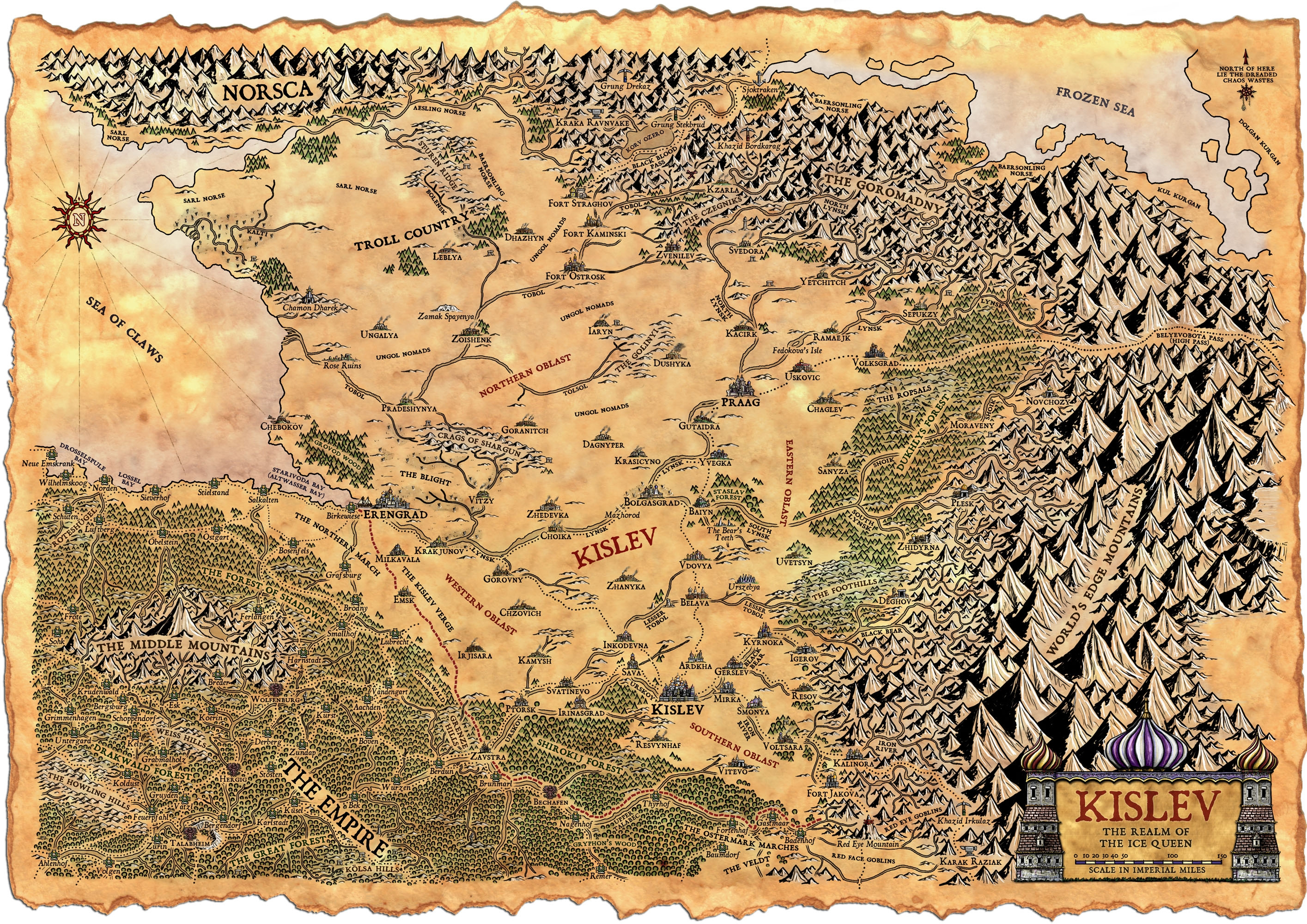

The more recent temple is believed to been from the Hellenistic period, dating back to 480-450 B.C. Velia, the medieval tower that rose above the ancient city. "The structure of the oldest temple dates back to 540-530 BC, that is, the years immediately following the battle of Alalia", pointed out Osanna. However, the discovery of the ancient temple, with its dating and the objects preserved inside it, already clarifies many details of that history from more than 2,500 years ago. Inside them there could be inscriptions, which is quite frequent in ancient armour, and these could help to accurately reconstruct their history - who knows, maybe even the identity of the warriors who wore them. READ MORE: New monument in Crotone, Southern Italy dedicated to the city’s Ancient Greek roots. Unearthed just a few days ago, the two helmets have yet to be cleaned up in the laboratory and studied. Of course these are first considerations. "They are relics offered to Athena, in all probability the remains of the battle of Alalia", said Osanna, who, pending the installation of the new director Tiziana D'Angelo, has taken over the management of the Park over the last year. with a heap of weapons dedicated to Athena. Velia, an image of the excavation that brought to light the ancient temple from the sixth century B.C. Velia, the Etruscan helmet is removed from the earth (Photo archaeological park of Paestum Velia). (photo Archaeological Park of Paestum Velia). One is an Etruscan helmet of the "cap" type, and the other of Chalcidian style. There are also many fragments of weapons, including pieces of a large decorated shield and two splendid helmets in perfect condition. Image Credit: ANSA.īut not only that, because next to the pottery, the floor of the temple housed various bronze and iron weapons. Velia, one of the ceramic fragments found in the ancient temple.

The decorative architectural elements in baked clays are made by Cuman workers, unsurprisingly perhaps from one of the Greek cities on the front line against the Etruscans. Inside, on a beaten earth floor, painted ceramics all marked with the inscription Ire ("sacred"), which certifies dedication to the divinity. Velia, archaeologists working on the excavation. It is of considerable size, 18 metres long and 7 wide, and dates back to the sixth century BC. Started last summer on the top of what used to be the acropolis of the city, just below the still evident remains of the temple dedicated to Athena, the excavations directed by Francesco Scelza have brought to light the remains of a rectangular structure. Italian Minister of Culture Dario Franceschini also applauded the finding, saying how "important it is to continue investing with conviction in archaeological research which never ceases to return important pieces of Mediterranean history." Image Credit: ANSA.Ī discovery, the scholar emphasised, "which sheds a new light on this fascinating page of ancient history." In the foreground is the bronze cap helmet of Etruscan origin (photo Paestum-Velia archaeological park). READ MORE: Magna Graecia: Casapulla, the town of Apollo.Īs they were skilled merchants, they founded Hyele, then renamed Elea (Velia according to the Romans), the city of Magna Graecia which was the birthplace of the philosopher Parmenides.ĭirector General of all the Italian museums, Massimo Osanna, anticipated exclusively to Italian outlet ANSA that an excavation started by the Archaeological Park of Paestum-Velia has unearthed helmets that most likely come from that epochal battle. In the clash, claims Herodotus, the Greeks won.Īnd yet the ships they had managed to save could no longer fight, so much so that they had to embark their families, abandon Alalia and head for Magna Graecia (Southern Italy). This was an epic and bloody fight and Herodotus tells us about the Greek colonists, who settled in the Corsican city of Alalia, and were under attack from a joint Etruscan and Carthaginian military force. It was 540 BC when the first great naval battle in history took place off the coast of Corsica, in what the ancients called the Sea of Sardinia, to the west of Magna Graecia.


 0 kommentar(er)
0 kommentar(er)
